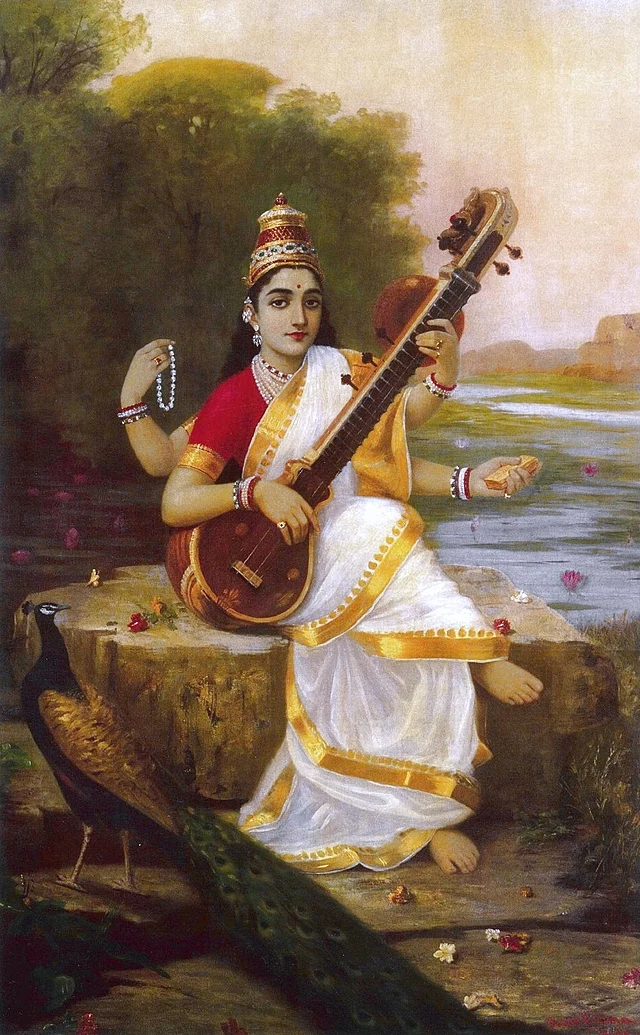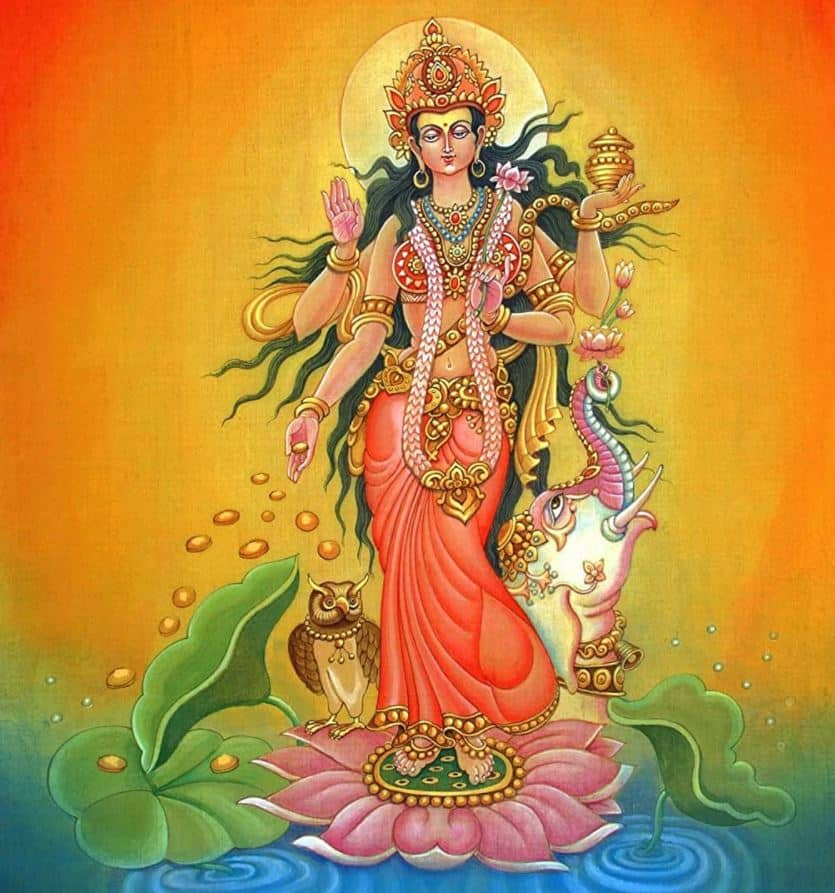Curse of Saraswati

In the quiet pursuit of art and knowledge, there exists a delicate balance between devotion and distraction. Nalin Verma’s “Curse of Saraswati” reflects on this timeless struggle, exploring the metaphorical journey of an artist seduced by the glitter of fame. Saraswati, the goddess of wisdom, once revered for purity and discipline, becomes a poignant symbol for those who lose themselves to material pursuits. As the applause grows louder, the artist’s connection to his craft fades, and with it, the peace he once knew. In this reflective piece, Verma invites us to question our own allegiance—wisdom or wealth?

Saraswati is one of the principal goddesses in Hinduism and a part of the Tridevi, along with Lakshmi and Parvati. In the Vedas, she is originally associated with the Saraswati River, making her one of the earliest river goddesses. As a river deity, she is revered for her ability to purify and nurture fertility.
Over time, however, her connection to the river faded, and she became more prominently associated with wisdom, learning, music, literature, and speech. Today, Saraswati is worshiped across the Indian subcontinent, particularly during Basant Panchami, when students, artists, and musicians seek her blessings for knowledge and creativity.

Yet, beyond her mythological and historical significance, Saraswati also serves as a powerful metaphor—one that warns of the perils of losing sight of one’s artistic and intellectual roots.
A devoted student trains tirelessly, treating his guru (teacher) with the utmost reverence. Through dedication, discipline, and humility, he masters his art—be it music, speech, or literature. When he begins performing, the applause and adulation follow. As he gains recognition, he performs more, drawn increasingly to the allure of fame.
Over time, Lakshmi, the goddess of wealth and prosperity, takes center stage in his life. No longer is he driven by the purity of his craft; instead, he seeks wealth, status, and the glamour of stardom. The humility that once defined him fades, replaced by arrogance and a relentless hunger for more.

The world is full of such examples—artists, writers, musicians, athletes—who began their journeys with modesty and dedication but lost themselves in the dazzle of success. Their lives become filled with spectacle, applause, and excess, yet they remain plagued by insecurity and fear. The more they acquire, the more they fear losing it.
This is the curse of Saraswati—that those who abandon the purity of their craft for fame and fortune will never find peace.
Unlike Lakshmi, adorned in dazzling jewels and vibrant silks, Saraswati remains draped in a simple white sari, playing her veena—flowing like a serene river, indifferent to applause. She symbolizes the untainted essence of art, music, and knowledge—existing for their own sake, untouched by the temptations of wealth and fame.
May we all seek Saraswati’s wisdom over Lakshmi’s allure.
Happy Basant Panchami and Saraswati Puja to all!












What beautiful writing Nalin ji .. inspired by this .,